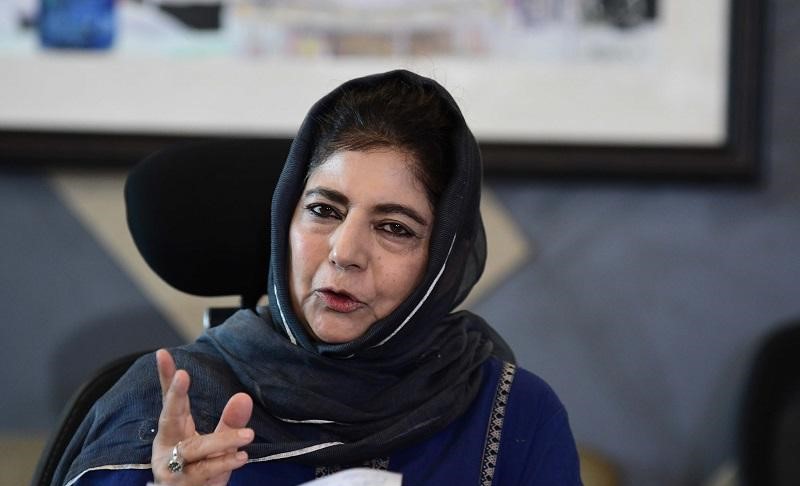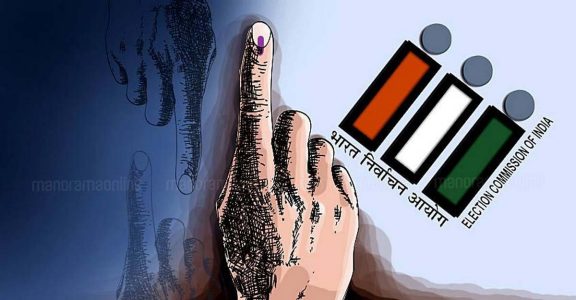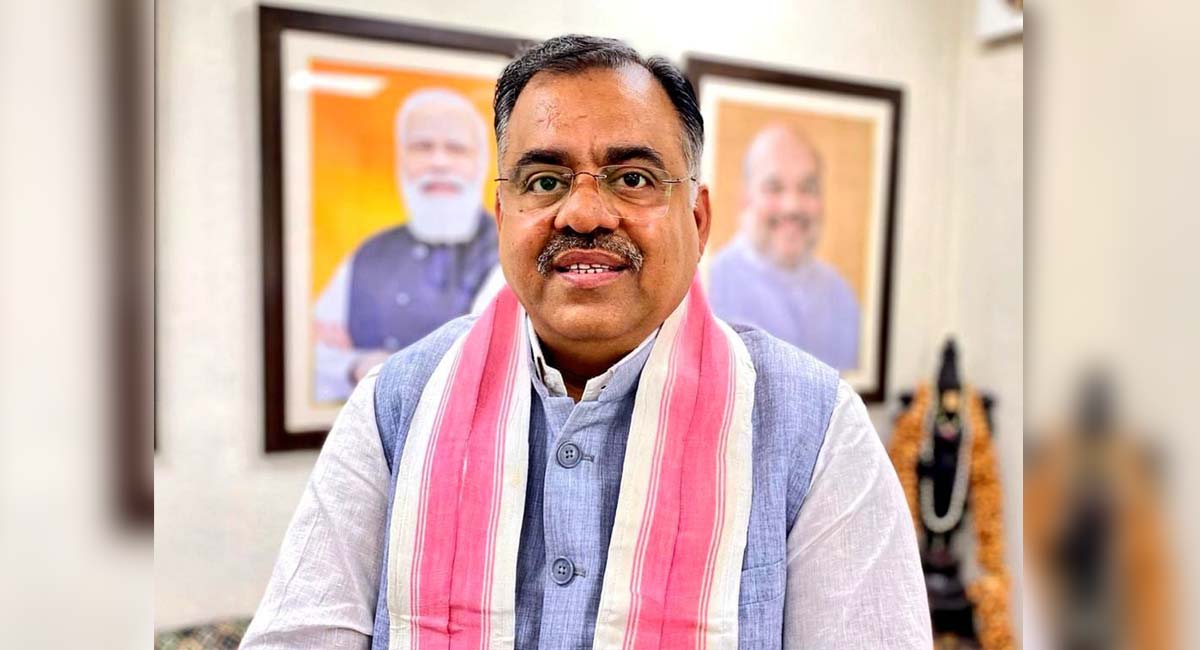Mehbooba Mufti Slams J&K Development Claims, Questions PMAY Land Allotment Figures
By: Javid Amin | Srinagar | 03 Aug 2025
Development or Demographic Distortion?
In a politically charged critique, former Jammu & Kashmir Chief Minister Mehbooba Mufti has directly confronted the Union Territory administration’s claims of robust development, accusing it of misleading the public and pushing a hidden agenda under the guise of welfare.
Her remarks—especially concerning the Pradhan Mantri Awas Yojana (PMAY)—have sparked a fresh round of political tension in the region, already sensitive to concerns over land rights, demographic shifts, and transparency in governance.
The Flashpoint: PMAY Land Allotments
The administration recently announced that land had been allotted to 1.99 lakh landless beneficiaries in Jammu & Kashmir under PMAY (Urban and Gramin), a central government housing scheme for the economically weaker sections.
Mehbooba Mufti’s Allegations:
-
She questioned the authenticity of the figures, stating that only 19,000 families were officially declared landless in government records.
-
Mufti accused the government of manufacturing a beneficiary list to justify a covert plan to settle non-locals in the Union Territory.
-
She described the program as an attempt to “import slums and poverty,” painting it as a tool of demographic engineering.
“Where are these 1.99 lakh landless people coming from? The local records don’t support this number. Are we being prepared for a demographic shift under the radar?” — Mehbooba Mufti, addressing media in Srinagar.
Government’s Defense: “No Outsiders, No Alteration of Laws”
The Jammu & Kashmir administration strongly refuted Mufti’s claims, stating:
-
No land is being allotted to outsiders, and the selection process is based on strict verification protocols using SECC (Socio-Economic and Caste Census) 2011 data and the Awaas Plus survey.
-
Over 2.5 lakh houseless families were identified, but only 1.36 lakh were sanctioned under PMAY.
-
Land allotments are strictly for permanent residents who meet eligibility norms, and no changes have been made to domicile or land ownership laws.
“We are only implementing central schemes to provide housing for our landless residents. These are locals who have lived in kutcha houses or no housing at all,” said a senior official from the Department of Rural Development.
Beyond the Headlines: The Larger Debate
01. Demographic Anxiety in Post-Article 370 Kashmir
Ever since the abrogation of Article 370 in August 2019, the region has witnessed heightened concerns over demographic dilution, land rights, and cultural erosion.
Mufti’s language, invoking “importing slums,” taps into deep-seated fears that central schemes could be used as vehicles for silent demographic reshaping.
02. Data Discrepancies and Mistrust
Her claim that only 19,000 families were landless directly contradicts the administration’s larger pool of 2.5 lakh eligible families. This raises **critical questions about:
-
Data transparency
-
Audit mechanisms for beneficiary lists
-
The role of local elected bodies in verifying eligibility**
In the absence of third-party oversight, such discrepancies further deepen public skepticism.
03. Ground Reality vs. Official Narrative
Mehbooba Mufti’s broader accusation is that the visible effects of development are absent on the ground, despite repeated government claims:
-
Employment remains stagnant
-
Tourism is concentrated and seasonal
-
Infrastructure projects are often incomplete or under-utilized
This narrative resonates with many local voices who say that announcements rarely translate into lived improvement.
Political Implications: Mehbooba’s Calculated Positioning
Mehbooba Mufti, as the head of the People’s Democratic Party (PDP), is attempting to reassert political relevance in a post-370 political landscape where Delhi has shifted its gaze toward non-traditional players and bureaucratic governance.
Her attacks serve multiple purposes:
-
Reignite public debate over transparency and local rights
-
Reinforce her image as a protector of Kashmiri identity
-
Challenge the mainstream development narrative being pushed by the BJP and aligned officials
What’s Needed: Transparency, Oversight & Public Dialogue
To bridge the trust deficit, the following measures are critical:
Independent Audit:
-
A third-party audit (possibly by the CAG or NGOs) of PMAY land allotments and eligibility verification would restore public trust.
Domicile Data Disclosure:
-
Publicly disclosing the domicile and land ownership status of beneficiaries can counter allegations of outsider inclusion.
Community Engagement:
-
Holding open Gram Sabhas and involving local elected bodies in verifying and approving beneficiary lists would decentralize decision-making.
Regular Progress Reports:
-
Public dashboards tracking housing construction, fund disbursement, and project status can reduce perception gaps.
Bottom-Line: A Battle Between Metrics and Memory
The clash between Mehbooba Mufti’s critique and the administration’s data is not just about numbers—it’s about narratives, memory, and the right to decide what “development” should look like in Kashmir.
In a region marked by conflict and contested governance, development without trust is seen as imposition, not progress.
If the government wants its version of development to be believed, it must first ensure that the people are seen, heard, and involved.



